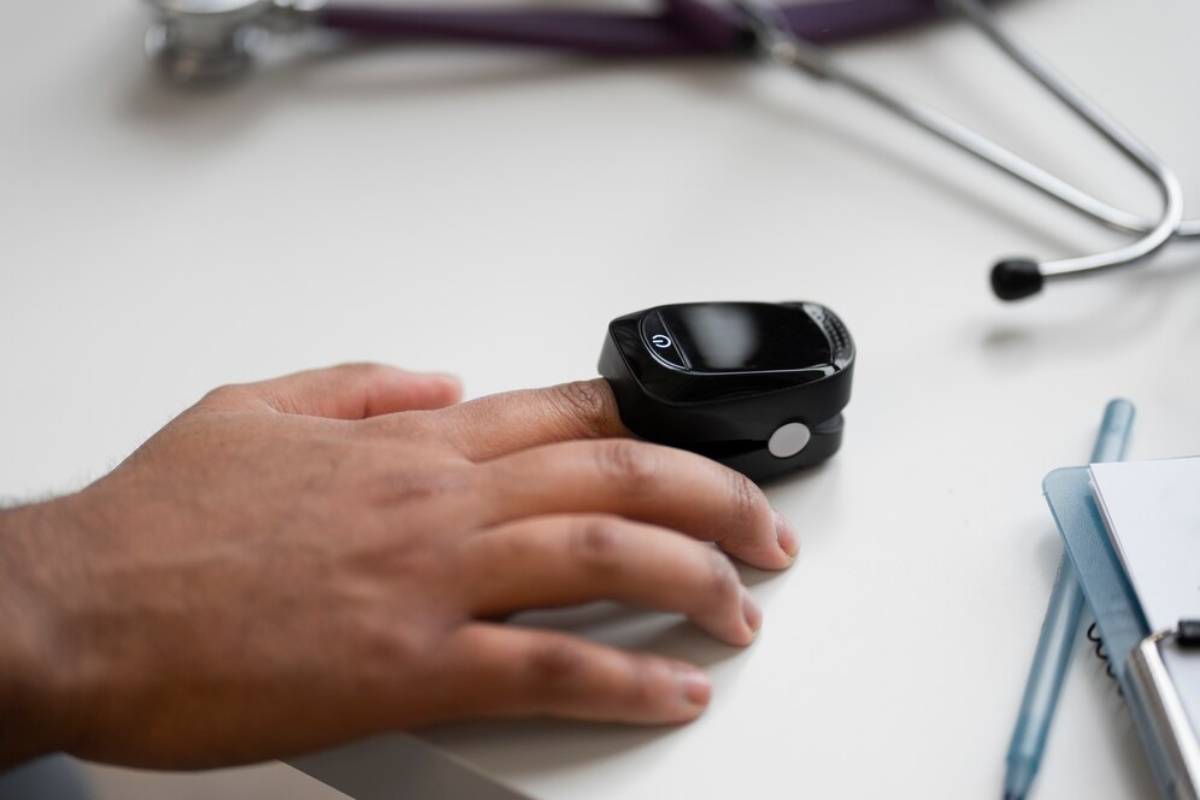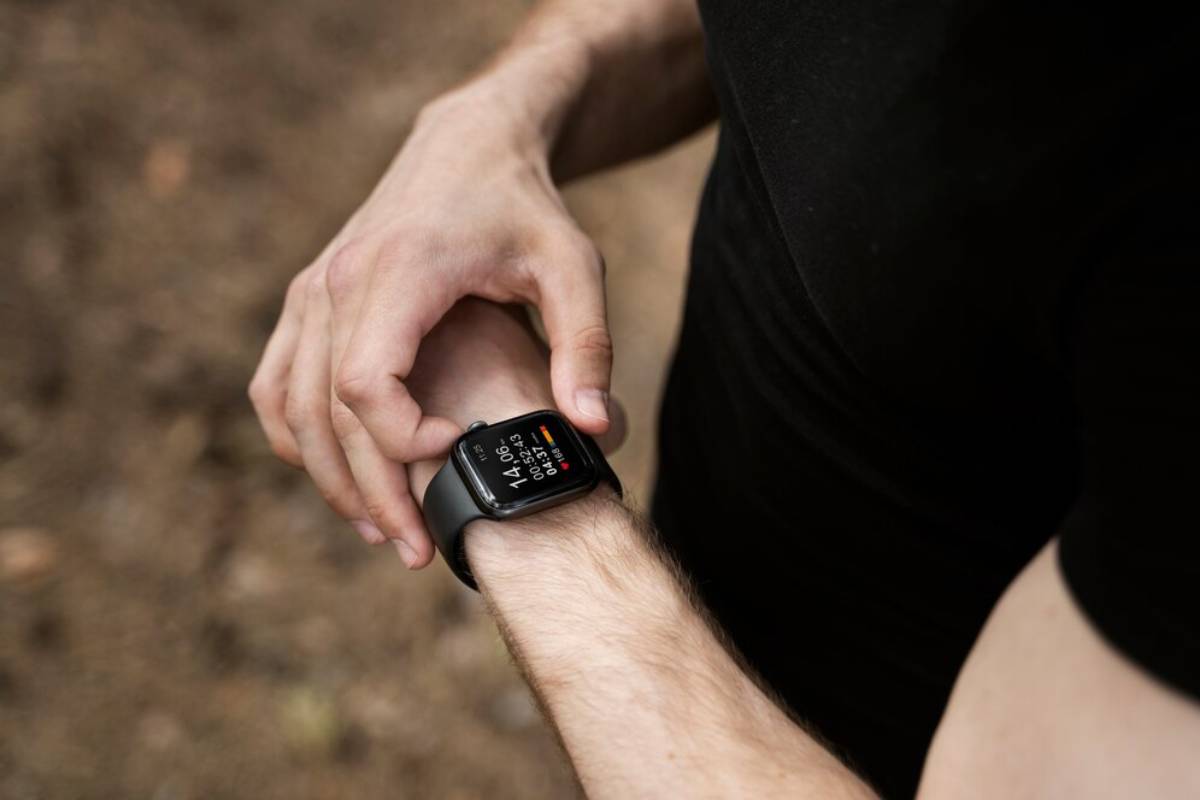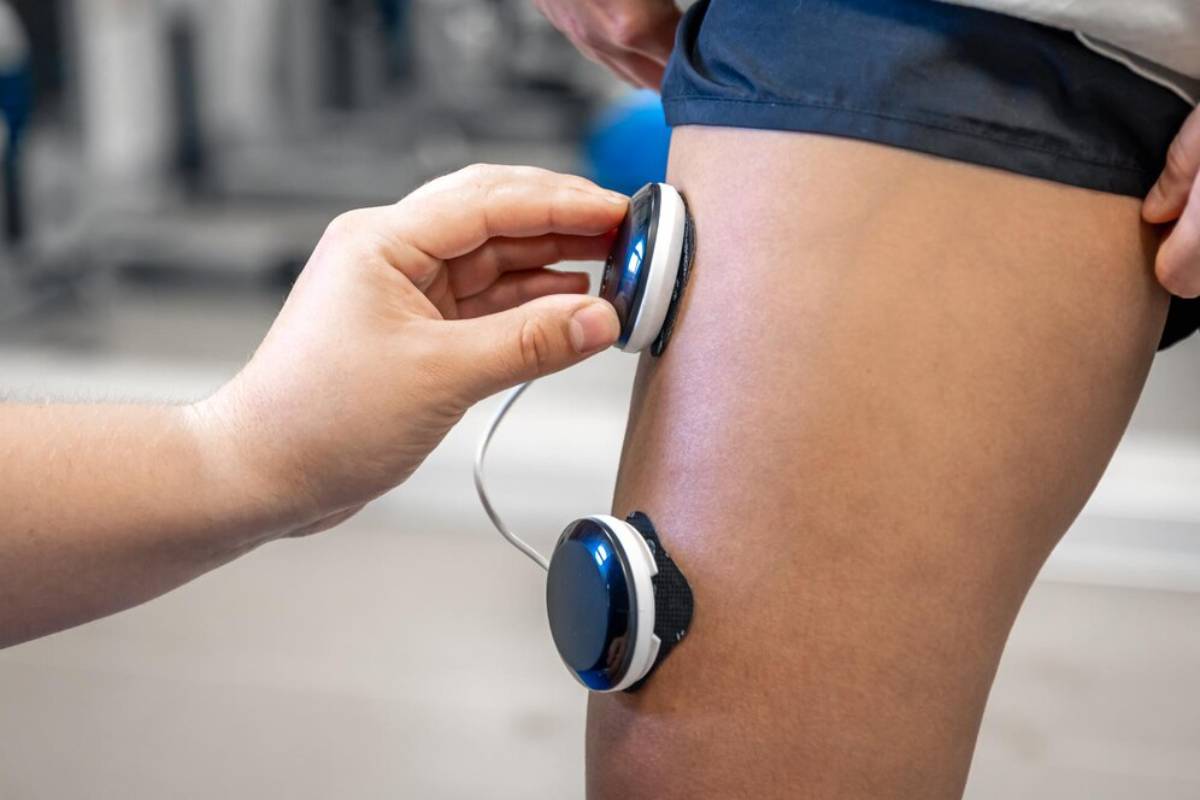
The Future of Biometric Wearables in Healthcare
Technology is quickly changing healthcare. It reshapes our ideas about health and wellness. Biometric wearables are changing the game. They promise to transform health tracking and management. These devices are usually worn on the wrist or body. They provide real-time insights into health metrics. This helps both individuals and healthcare professionals make informed decisions. But what exactly does the future hold for biometric wearables in healthcare? In this blog, we’ll look at wearable tech. We’ll discuss how it can track health and the exciting new ideas coming soon.
Biometric wearables are becoming popular. Devices like smartwatches and fitness trackers are now common in everyday life. These gadgets aren’t just for counting steps or heart rates anymore. They have become advanced tools that track many health indicators. Biometric wearables track sleep patterns and find irregular heart rhythms. They offer a lot of data that can help improve health outcomes.
However, as we look to the future, several questions arise. How will biometric wearables continue to evolve? What role will they play in the broader healthcare ecosystem? And what challenges must be addressed to fully realise their potential? This blog will explore these questions. It will provide insights into the future of biometric wearables in healthcare.
Key Benefits / Why It Matters

Revolutionising Health Tracking
Biometric wearables have fundamentally changed the way we approach health tracking. Old ways of tracking health often meant regular check-ups and manual records. This process was often slow and could easily lead to mistakes. Wearable tech allows for continuous, real-time monitoring. This gives a more accurate and complete view of a person’s health.
One of the most significant benefits of biometric wearables is their ability to detect early signs of health issues. Devices with advanced sensors can track heart rate, oxygen levels, and stress. Wearables can track these metrics to warn users about health issues early. This helps with prevention and allows for timely action.
Moreover, biometric wearables facilitate a more personalised approach to healthcare. These devices track health metrics over time. This helps create treatment plans and lifestyle tips that fit each person’s unique needs. Personalisation can boost health outcomes and lighten the load on healthcare systems.
Enhancing Patient Engagement
Another key benefit of biometric wearables is their ability to enhance patient engagement. These devices give users easy access to their health data. This helps people take charge of their health. More engagement can help people stick to treatment plans, make healthier choices, and lead to better health overall.
Biometric wearables also foster a sense of accountability. When users can see the direct impact of their actions on their health metrics, they are more likely to make positive changes. For example, a lower resting heart rate after regular exercise can inspire people to stay active.
Data-Driven Insights for Healthcare Professionals
Biometric wearables create a lot of data. This data is useful for both individuals and healthcare professionals. Clinicians can analyze this data to better understand their patients’ health. This leads to more accurate diagnoses and effective treatment plans. This data-driven approach helps with remote patient monitoring. It lets healthcare providers track patients’ health without needing many in-person visits.
Using biometric wearables with electronic health records (EHRs) makes sharing health data easier. Patients and healthcare providers can connect more smoothly. This smooth flow of information boosts teamwork and communication. So, it leads to better coordination and more efficient care.
Additional Expert Tips & Common Mistakes to Avoid
Best Practices for Using Biometric Wearables
To maximise the benefits of biometric wearables, it’s essential to use them effectively. Here are some expert tips to consider:
- Choose the Right Device – With a plethora of options available, selecting the right wearable tech can be overwhelming. Think about these factors: the health metrics you want to track, how accurate the device is, its battery life, and if it works with other health apps.
- Check Data Often – Biometric wearables give ongoing information, so it’s key to review and understand it regularly. Set aside time each week to analyse your health metrics and identify any trends or changes.
- Set Realistic Goals – Use the data from your wearable to set achievable health goals. Setting clear goals can boost your daily step count and sleep quality. This helps you stay motivated and track your progress.
- Seek Professional Guidance – Wearables offer valuable insights. They should not replace professional medical advice. Talk to healthcare professionals. They can help you understand your data. This way, you can make smart choices about your health.
Common Mistakes to Avoid
Despite their benefits, there are common pitfalls to avoid when using biometric wearables:
- Over-Reliance on Technology – Wearables provide valuable data. They should not be the sole basis for health decisions. It’s important to consider other factors and consult with healthcare professionals when necessary.
- Ignoring Data Privacy – Wearable tech gathers lots of personal data, so privacy concerns matter greatly. Ensure that your device has robust security measures in place, and be cautious about sharing your data with third parties.
- Neglecting Device Maintenance – Regular upkeep is key for keeping your wearable accurate and lasting longer. Keep your device clean, update its software, and replace components like straps or batteries as needed.
Advanced Insights / Expert Recommendations
The Future of Biometric Wearables
As we look to the future, biometric wearables are poised to become even more integral to healthcare. Here are some expert predictions and recommendations:
- AI and Machine Learning Integration – Adding AI and machine learning to biometric wearables will boost their abilities. AI algorithms analyze large data sets to find patterns and predict health outcomes. This helps provide more proactive and personalized care.
- Expansion of Health Metrics – Future wearables will track more health metrics. They may measure blood glucose levels and also monitor mental health indicators. This expansion will provide a more holistic view of an individual’s health and open new avenues for intervention and prevention.
- Increased Accessibility – Technology is advancing, so biometric wearables will likely be cheaper and easier to get. This easier access will help more people manage their health. It will also cut down on healthcare gaps.
- Focus on User Experience – Future wearables will likely aim to enhance user experience to boost engagement. This may include easier interfaces, smooth connections with other devices, and better customisation options.
Addressing Challenges
Despite their potential, biometric wearables face several challenges that must be addressed:
- Data Accuracy – Ensuring the accuracy and reliability of wearable data is crucial. Manufacturers need to keep improving sensor technology and algorithms. This helps reduce errors and boost data quality.
- Regulatory Compliance – As wearables grow in healthcare, they must meet regulatory standards. This includes ensuring data privacy, security, and adherence to medical device regulations.
- User Education – Educating users on how to effectively use and interpret wearable data is essential. Manufacturers and healthcare providers should invest in educational tools. This will help users make informed health choices.
Final Thoughts: Embracing Wearables in Healthcare

Biometric wearables represent a significant leap forward in healthcare innovation. These devices can change how we view health and wellness. They track health in real-time. This boosts patient engagement and provides insights based on data. Technology is always changing. The future of biometric wearables seems bright. There are exciting advancements ahead.
To reach their full potential, we must tackle the challenges. It’s also important to use these devices effectively. Choose the right device, review your data often, and get expert help. This way, you can use biometric wearables to boost your health and wellbeing.
As we embrace this new era of healthcare innovation, the possibilities are endless. Biometric wearables can help people take charge of their health. They also improve healthcare delivery and lead to better health outcomes for everyone. Are you ready to take the next step in your health journey with wearable tech?


